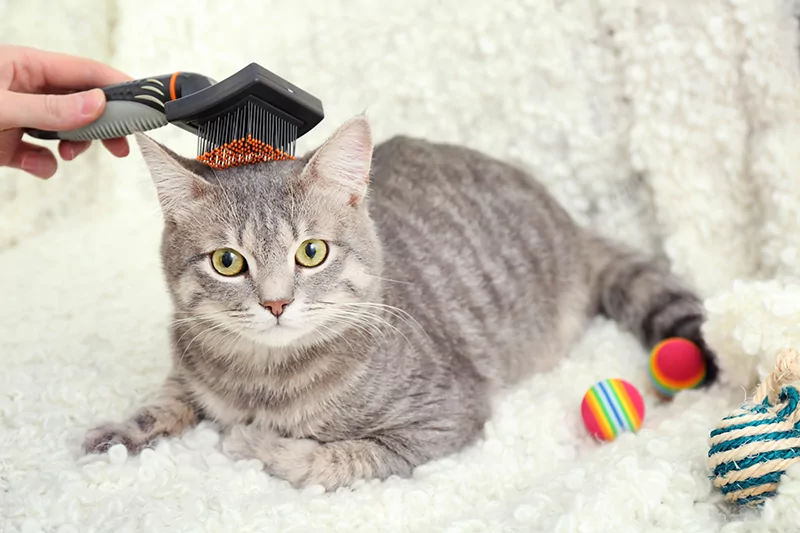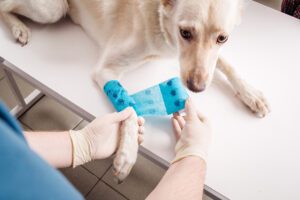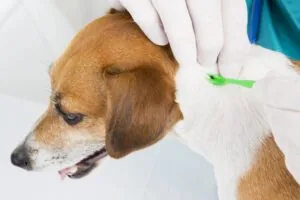Hairballs

Sharing your home with a cat has many joys—hairballs not one of them. It might come as a surprise that hairballs are not an inevitable part of a cat’s life.
What Are Hairballs?
Trichobezoars, indigestible hair masses in the abdomen resulting from the ingestion of hair, are commonly called hairballs. And although hairballs are easy to say, hairballs are rarely ball-like in shape. They are in fact, typically slender and elongated – kind of like a hairy sausage. That’s because they take on the shape of the esophagus as they pass from the stomach to the mouth. They can be small, maybe only an inch long. But they can also be pretty large, up to 5 inches in length. Because of their shape and size, they can sometimes look a little like feces. But they don’t smell like feces. They have a mild bile-ish smell. They’re also not typically the color of feces, they’re usually the color of your cat’s fur.
Who Gets Hairballs?
Kittens and young cats are less likely to develop hairballs than older cats. This is probably because older cats are likely to spend more time grooming their coats. Longer haired cat breeds, like Persians and Maine Coons, are also more likely to develop hairballs. The time of the year is also a factor. Hairballs are more common in seasons when cats are actively shedding their coats.
Symptoms of Hairballs in Cats
It can be disturbing to watch (and hear) your cat eliminating a hairball. Some common hairball symptoms include hacking, gagging, and retching. Usually, your cat will then vomit the hairball in relatively short order.
If you notice the following hairball symptoms, be sure to contact your veterinarian, as they could indicate that a hairball has caused a potentially life-threatening blockage:
- Ongoing vomiting, gagging, retching, or hacking without producing a hairball
- Lack of appetite
- Lethargy
- Constipation
- Diarrhea
How Vets Diagnose and Treat Hairballs in Cats
Your veterinarian will first ask questions about what you’ve seen at home and your cat’s health history, and then they will give your cat a physical exam.
Testing may include skin scrapings to look for mites, ringworm cultures, cytology to rule out skin infections, abdominal X-rays or ultrasound, blood work, urinalysis, fecal examinations, a hypoallergenic food trial, or biopsies of the gastrointestinal tract or skin. These tests will help the vet diagnose whatever is causing the hairballs.
If there’s an underlying health or behavioral issue, the vet will recommend treatment to address it. Surgery is usually needed to remove very large hairballs that are blocking a cat’s GI tract. The doctor will examine your cat’s entire digestive system for other hairballs and repair or remove any damaged tissues that are found.
How To Prevent Cat Hairballs
Once your cat is hairball-free, you can start thinking about prevention. Underlying health problems may need continued management, but you can also try these tips:
- Brush your cat more often to reduce the hair they ingest. This is especially important for long-haired cats.
- Give your cat Laxatone or another hairball-control gel two or three times per week.
- Add fiber to your cat’s diet through treats and nutritional supplements or by switching to a hairball control food.
Now that you know all about hairballs, you can snuggle your cat a little closer and know that hairballs don’t need to become a serious health issue for you and your cat.
Share This Post
Recent Posts
About Shallowford Animal Hospital
Shallowford Animal Hospital and The Pet Spa at Shallowford are dedicated to the exceptional, compassionate care your pet deserves. Pets hold a very special place in our families, and we treat yours like our own.



